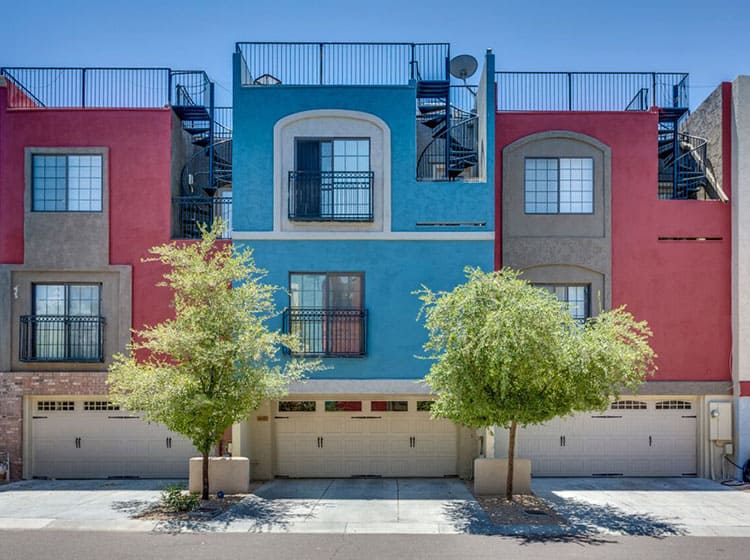Obtaining Your Wall Surfaces Ready For A Smooth Paint Application
Obtaining Your Wall Surfaces Ready For A Smooth Paint Application
Blog Article
Short Article Created By-Levesque Damm
Accomplishing a perfect paint work starts with careful wall surface prep work. From filling out blemishes to priming surface areas, each action plays a crucial role in the last result. But what concerning those challenging edges and edges that can make or break the general appearance? Keep tuned to uncover professional pointers on how to browse these difficult areas with skill, guaranteeing a seamless finish that will certainly raise your area to brand-new elevations of refinement.
Wall Surface Maintenance
Inspecting walls for any kind of flaws and promptly addressing them via needed repair services is critical for attaining a smooth and perfect paint work. Before beginning the paint process, thoroughly examine the walls for cracks, openings, damages, or any other damage that could impact the outcome.
Beginning by filling in any type of splits or openings with spackling substance, permitting it to completely dry entirely before sanding it down to develop a smooth surface area. For bigger damages or harmed locations, take into consideration making use of joint compound to guarantee a seamless repair work.
In addition, look for any type of loose paint or wallpaper that may need to be eliminated. Scrape off any type of peeling paint or old wallpaper, and sand the surface area to produce an uniform appearance.
It's likewise necessary to check for water damages, as this can bring about mold and mildew development and impact the attachment of the brand-new paint. Deal with any water stains or mold with the appropriate cleansing remedies prior to waging the painting process.
Cleaning and Surface Area Preparation
To make certain an immaculate and well-prepared surface for paint, the next action involves completely cleaning and prepping the wall surfaces. Begin by dusting the wall surfaces with a microfiber fabric or a duster to eliminate any loose dust, webs, or particles.
For more persistent dirt or crud, an option of moderate cleaning agent and water can be used to carefully scrub the wall surfaces, followed by a detailed rinse with tidy water. house painters prices to locations near light switches, door handles, and walls, as these tend to accumulate even more dust.
After cleansing, it is vital to examine the walls for any type of fractures, holes, or imperfections. These should be loaded with spackling compound and sanded smooth once completely dry. Fining sand the wall surfaces gently with fine-grit sandpaper will additionally help produce a consistent surface for paint.
Priming and Insulation
Prior to paint, the walls should be primed to ensure correct bond of the paint and taped to shield surrounding surface areas from stray brushstrokes. Priming serves as a critical action in the paint process, particularly for new drywall or surfaces that have actually been patched or repaired. It aids seal the wall, creating a smooth and uniform surface area for the paint to follow. Additionally, guide can boost the resilience and insurance coverage of the paint, inevitably resulting in a much more specialist and long-lasting surface.
When it comes to taping, making use of painter's tape along trim, ceilings, and other surfaces you wish to protect is essential to achieve clean and crisp paint lines. Painter's tape is created to be easily used and removed without harming the underlying surface or leaving any kind of residue. Put in https://www.goodhousekeeping.com/home/renovation/tips/a31753/painting-cabinet-mistakes/ to properly tape off areas prior to painting to conserve yourself the headache of touch-ups in the future.
Final thought
To conclude, appropriately preparing your walls prior to painting is vital for accomplishing a perfect coating. By examining for imperfections, cleaning up extensively, priming the surface, and using painter's tape for clean lines, you can guarantee a professional-looking paint job.
Making the effort to finish these actions will certainly cause a smooth and resilient surface that enhances the general appearance of your room.
